
Northern Territory is at the forefront of Australia’s energy transition and is committed to facilitating investment which supports the achievement of the Territory’s 2050 net zero emissions target.
Key insights of our energy opportunities
58 million PJ
of solar radiation per year
22 to 24MJ
average annual solar radiation per square metre
1.35 million km2
land mass in the Territory
28,000km2
in geologically continuous unconventional shales within stacked petroleum plays
500 trillion cubic feet
at least, of ‘P50 gas-in-place-resource’ in one shale layer alone in the Beetaloo Sub-Basin
10%
supplying 10% of Japan’s LNG imports
Supporting the energy transition
- Masterplanned Sustainable Development Precinct with enabling infrastructure to support renewable hydrogen projects
- Emerging Carbon Capture Utilisations Storage Hub
- Globally competitive solar irradiance levels
- Large tracts of land with very high solar irradiance levels
- Globally significant reserves of natural gas deposits
- Deep water port and closest Australian capital city to key international markets
- Secure, transparent and stable operating environment, with strong government and regulatory systems.
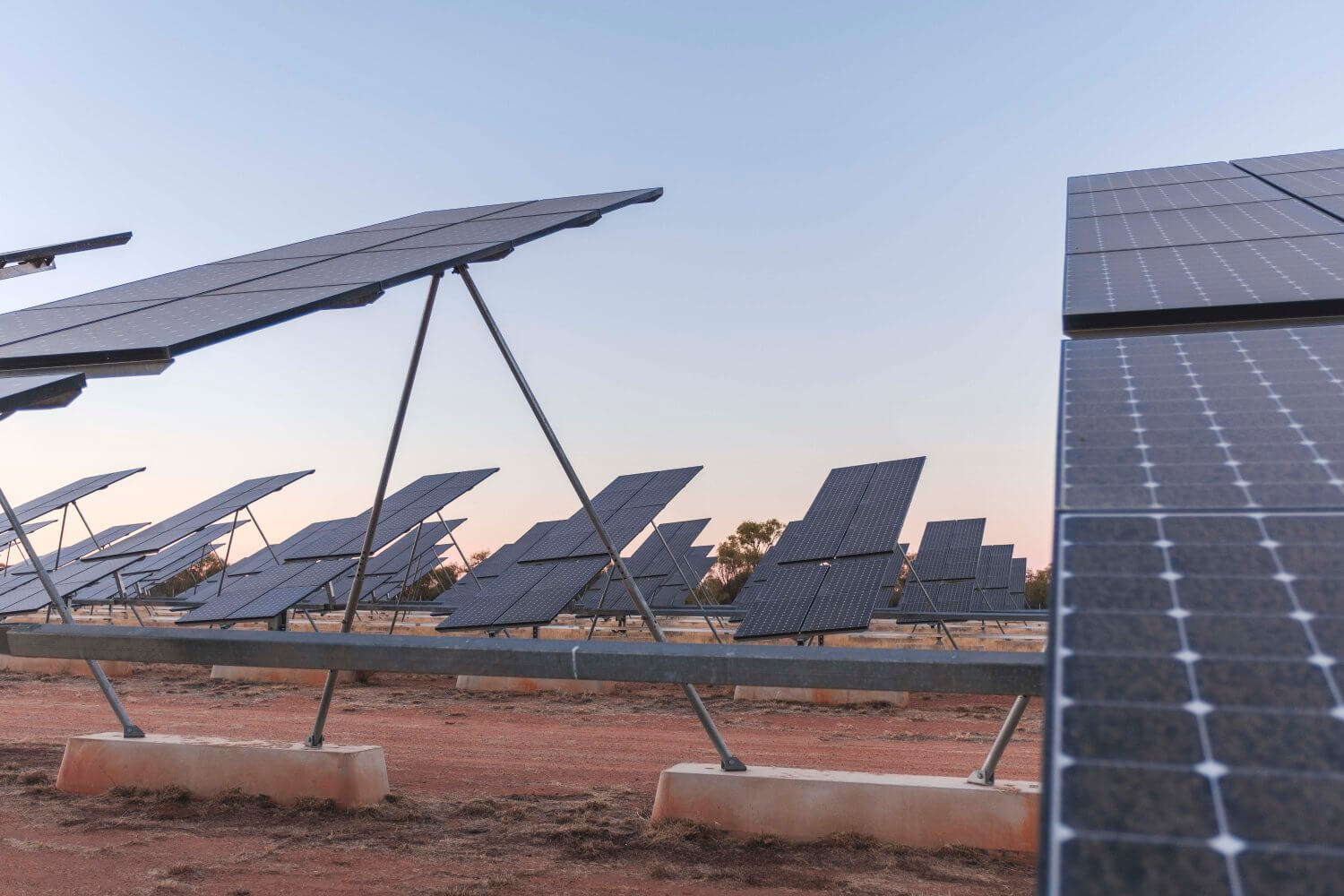
Renewables
Large scale solar
Australia receives an average of 58 million PJ of solar radiation per year, approximately 10,000 times larger than its total energy consumption.
The Territory has vast regions of suitable terrain for large scale solar and has the highest average solar irradiance levels in the world.
Northern Territory average annual solar radiation of 22 to 24 MJ per square metre
The Territory will be home of Sun Cable’s Australia-Asia PowerLink project. The project is seeking to generate, store and transmit renewable electricity to Australian and Asian markets by developing the world's largest solar energy infrastructure network in the Barkly region of the Northern Territory. This will be the largest solar farm in the world.
Hydrogen
The Territory has aspirations to be a world-leader and international scale renewable hydrogen production centre.
The Territory is currently working with a number of large scale hydrogen projects for the production and export of green hydrogen to key markets.
Total Eren are developing the Darwin H2 Hub comprising more than 2 GW of solar PV generation capacity providing energy for 1 GW electrolyser capacity capable of producing more than 80,000 tonnes of green hydrogen per annum.
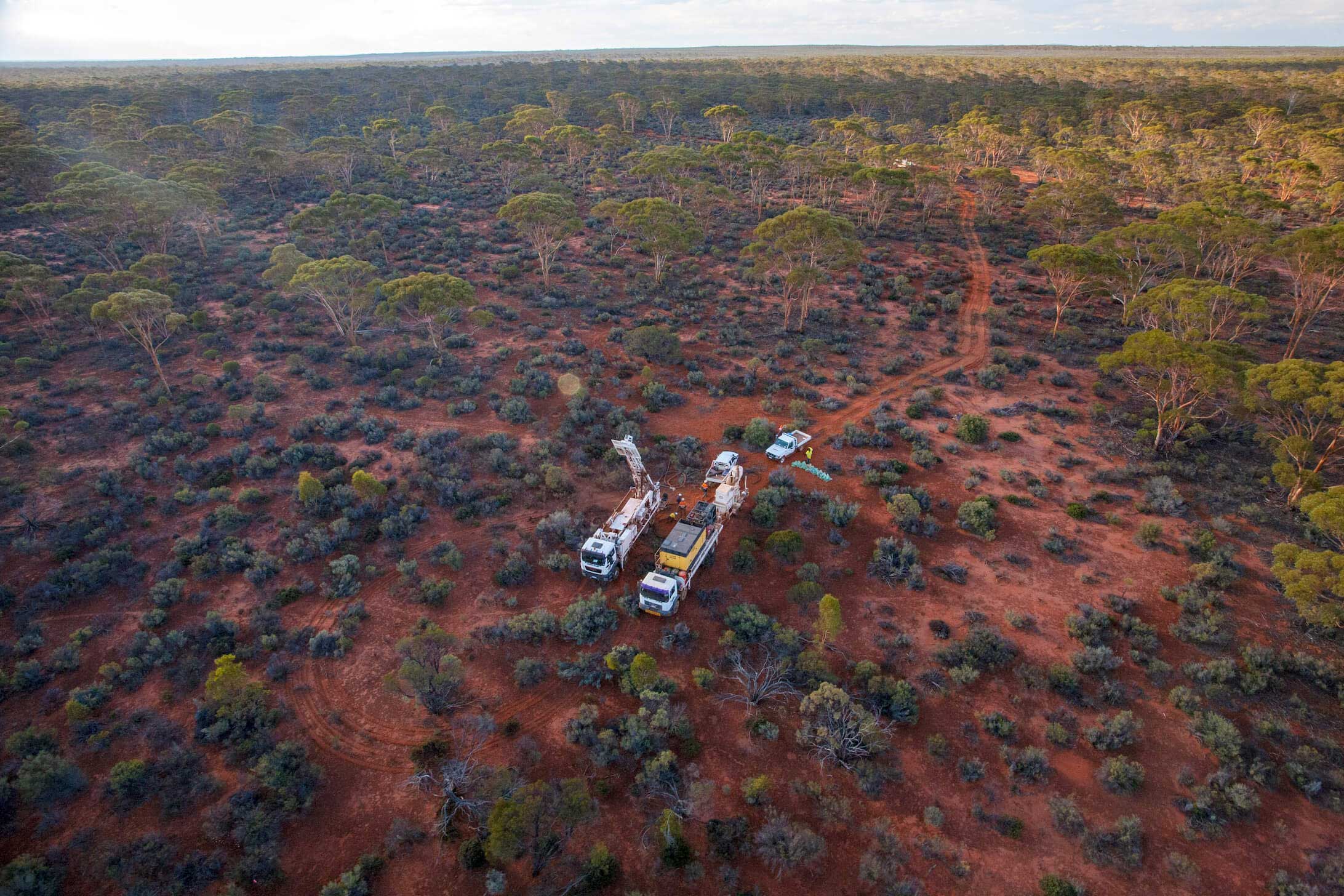
Oil and gas
The Territory's world-class gas resources are poised to meet growing demand for cleaner, affordable transition fuel sources, both domestically and internationally.
The Territory has a long-established gas industry, highlighted by production in the onshore Amadeus Basin in Central Australia, and offshore through the Bayu-Undan, Ichthys and Blacktip fields.
The onshore Beetaloo Sub-basin offers more than 28,000 square kilometres in geologically continuous unconventional shales within stacked petroleum plays, comparable to the United States’ giant Marcellus Shale.
Industry exploration to date indicates a ‘P50 gas-in-place resource’ of at least 500 trillion cubic feet in one shale layer alone in the Beetaloo Sub-basin.
LNG Hub
Comprising of the Darwin LNG and Ichthys LNG project, the Territory is a global scale LNG producer - supplying 10% of Japan’s LNG imports.
CCUS / CCS
The Northern Territory Government is working with industry to develop a carbon capture and storage common-user hub at Middle Arm Sustainable Development Precinct.
The establishment of this hub will see emissions from current and future natural gas processing operations support the creation of new low emissions industries that use carbon dioxide and clean hydrogen as feedstocks.
Northern Territory Government has partnered with CSIRO to develop a business case for the NT Low Emissions CCUS Hub. The hub will be one of the largest multi-user, multi-access hubs globally.
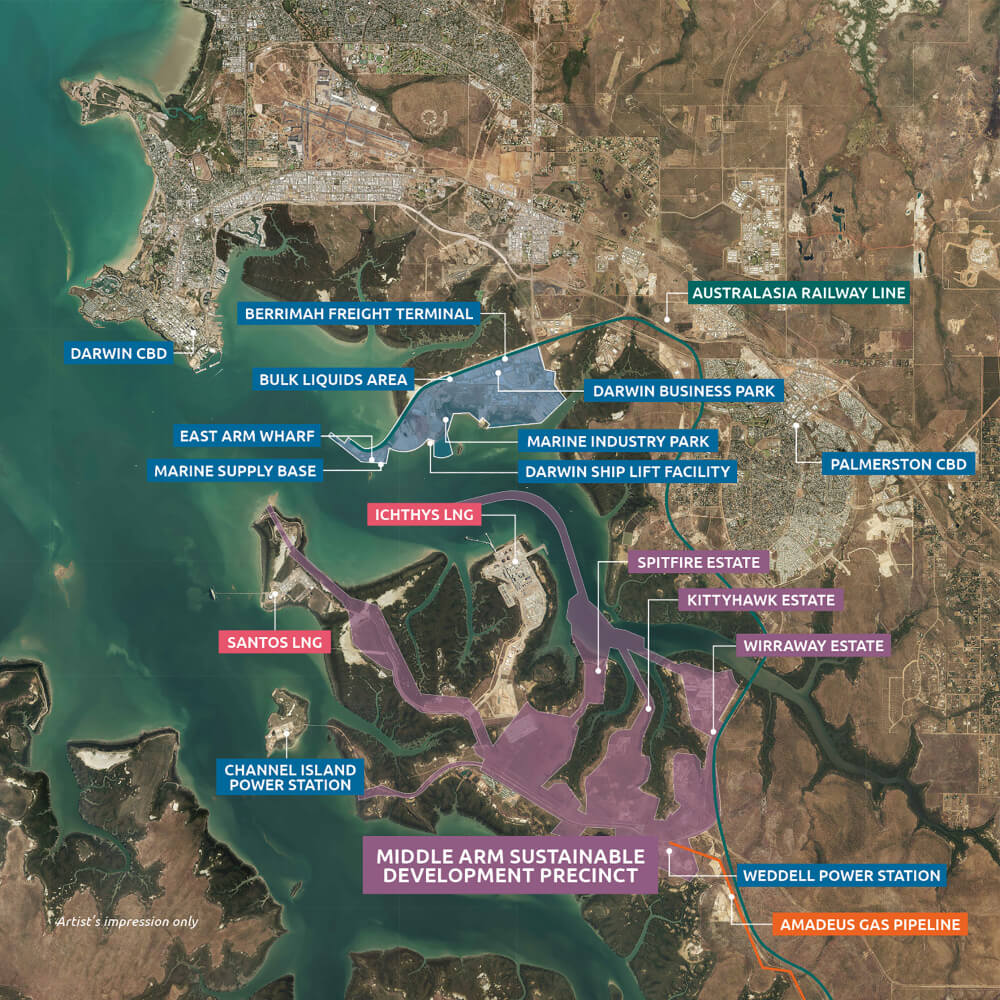
Investing in infrastructure
Northern Territory Government is taking a proactive approach to enabling globally significant projects by advancing environmental and regulatory approvals for coordinated proponent outcomes and maximum value for the Territory.
Middle Arm Sustainable Development Precinct
A strategic environmental approval at the Middle Arm Sustainable Development Precinct will create a framework for proponents to obtain project specific environmental approvals in months rather than years.
Tennant Creek to Darwin infrastructure corridor
The proposed Tennant Creek to Darwin infrastructure corridor would carry a range of products including gas, oil, hydrogen energy, water, digital communications and electricity from central Australia to export ports.

Marine Industry Park
A marine and offshore industries servicing hub for northern Australia located in Darwin.
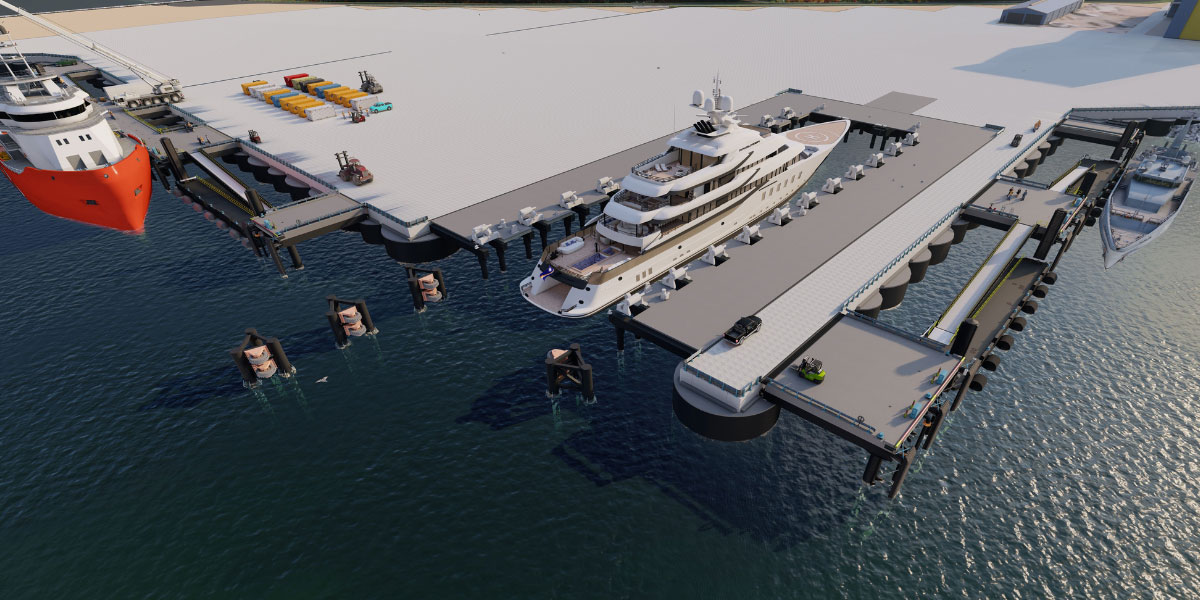
Darwin Ship Lift Facility
The Darwin ship lift facility will service the needs of the general maritime sector within the Asia Pacific region and long-term needs of the defence sector.
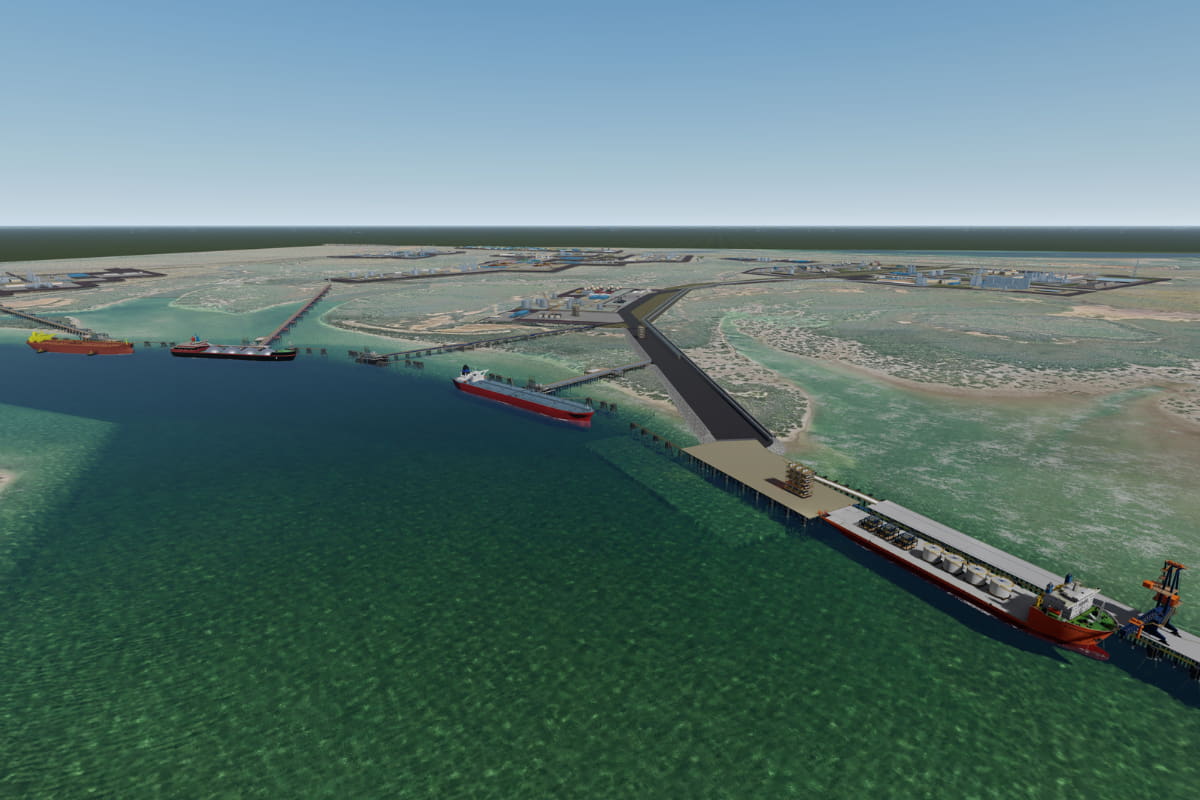
Middle Arm Sustainable Development Precinct
A master-planned industrial precinct with a focus on renewable energy, critical minerals processing and low-to-zero emissions fuels.
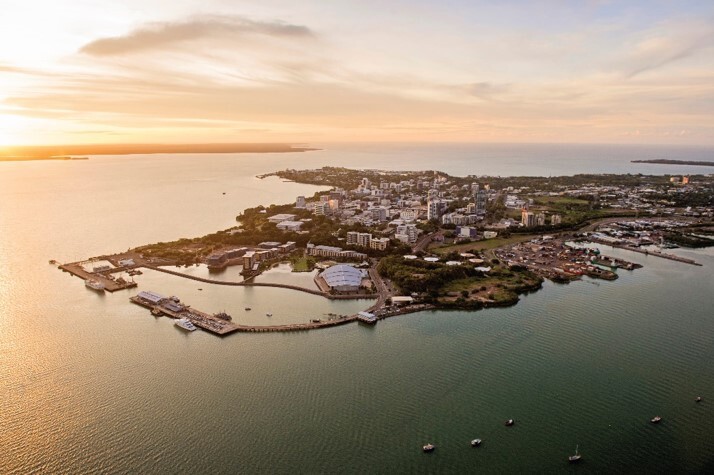
Major project status
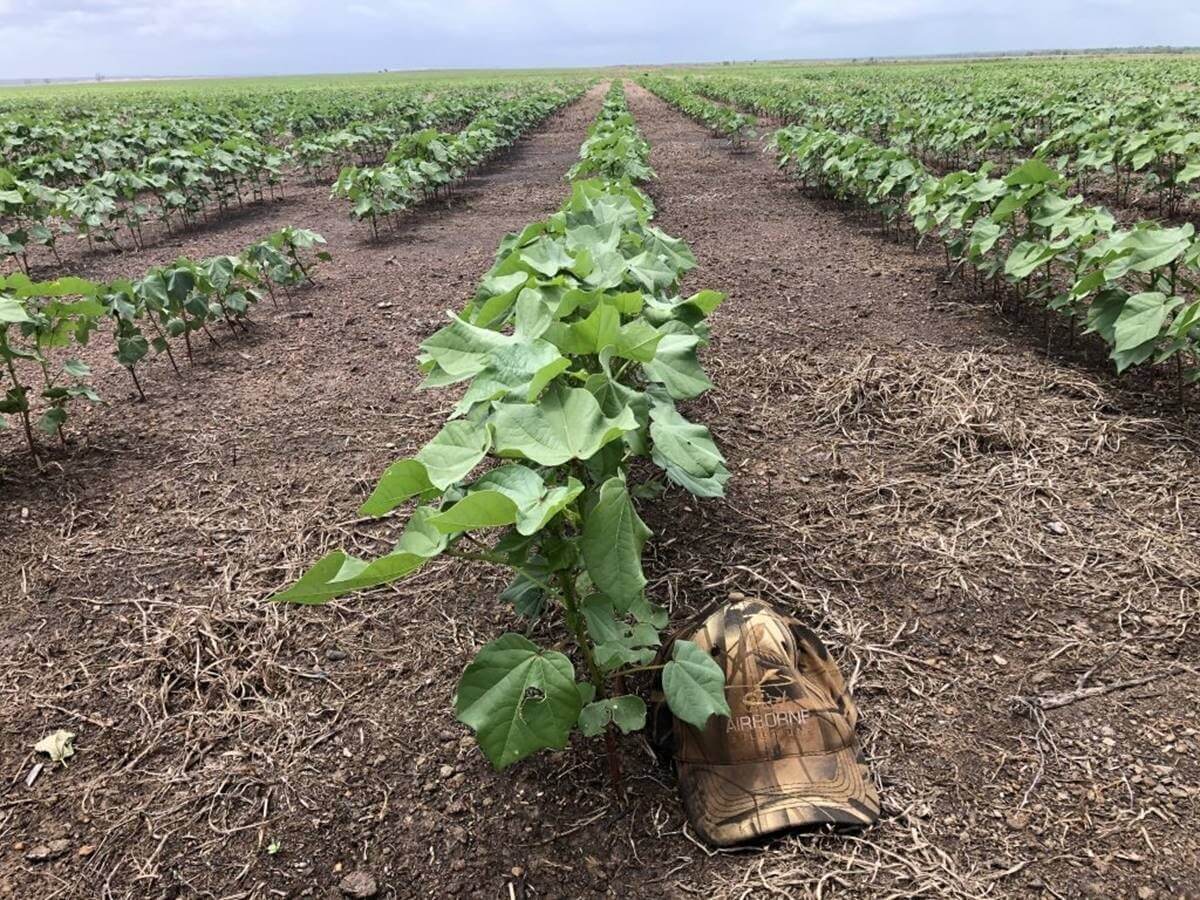
Local Jobs Fund

Territory Infrastructure Loans

National Reconstruction Fund Corporation

Clean Energy Finance Corporation

The Northern Australia Infrastructure Facility
No results found.
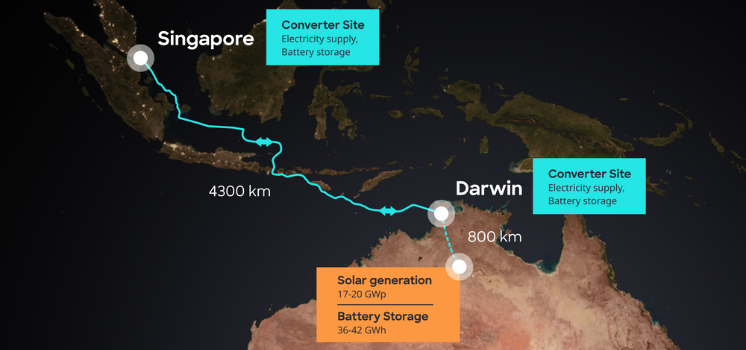
SunCable project given green tick
Australian Government gives green light to Territory solar farm - the country’s biggest renewable energy project.
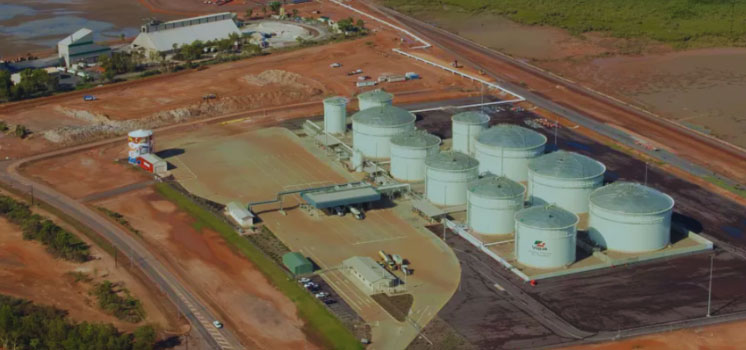
Vopak sign MoU to develop CO2 import terminal
Australia’s Northern Territory is positioning itself as a global leader in low-emissions energy with an MoU bringing carbon capture and storage (CCS) another step closer.

Securing the Territory’s energy security - updated gas plan released
Updated Northern Territory gas plan - a pathway to 2030 - provides a roadmap to energy security.

Gas deals signed with Mereenie and Palm Valley
Mereenie and Palm Valley gas deals to provide energy security to Australia’s Northern Territory.
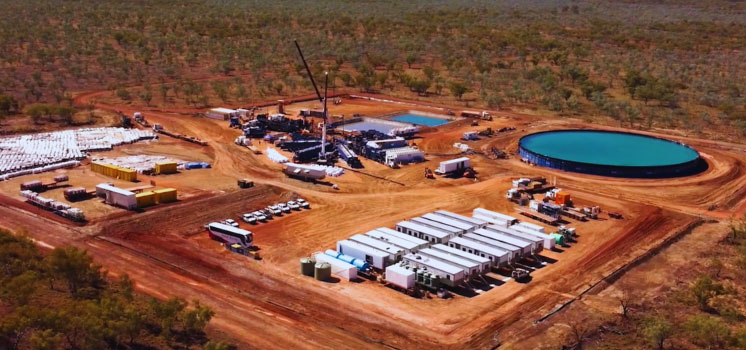
Empire Energy gas deal shores up NT electricity supply
Empire Energy gas deal to power Australia’s Northern Territory forward as confidence in Beetaloo grows.
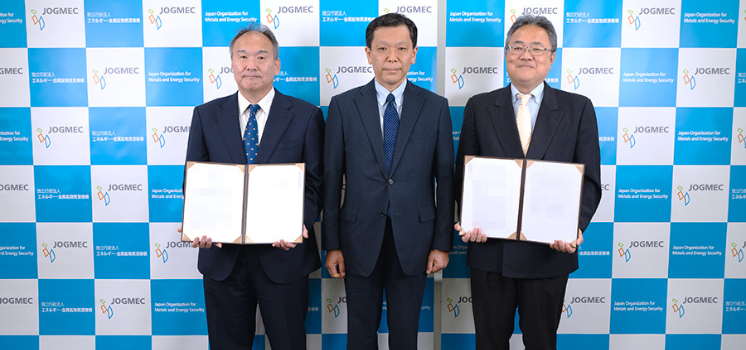
Territory and Japan strengthen strategic trade ties with MoUs
The Northern Territory Government has signed major critical minerals and energy MoUs with Japanese energy giant.
Find out more
Northern Territory renewable hydrogen strategy
The strategy identifies the Territory’s competitive advantages and as it strives to be a centre of hydrogen technology research, production and use in Australia.
Northern Territory renewable hydrogen masterplan
Framework for the development of a renewable hydrogen industry in the Territory with a focus on enabling activities required to secure private sector investment.
Northern Territory gas strategy
The Territory’s 5 point gas strategy.
Opportunities for CO2 utilisation in the Territory
CSIRO business case for low emissions CCUS hub in the Northern Territory.